


Engineers are making it easier for researchers from a broad range of backgrounds to understand how different species are evolutionarily related, and support the transformative biological...
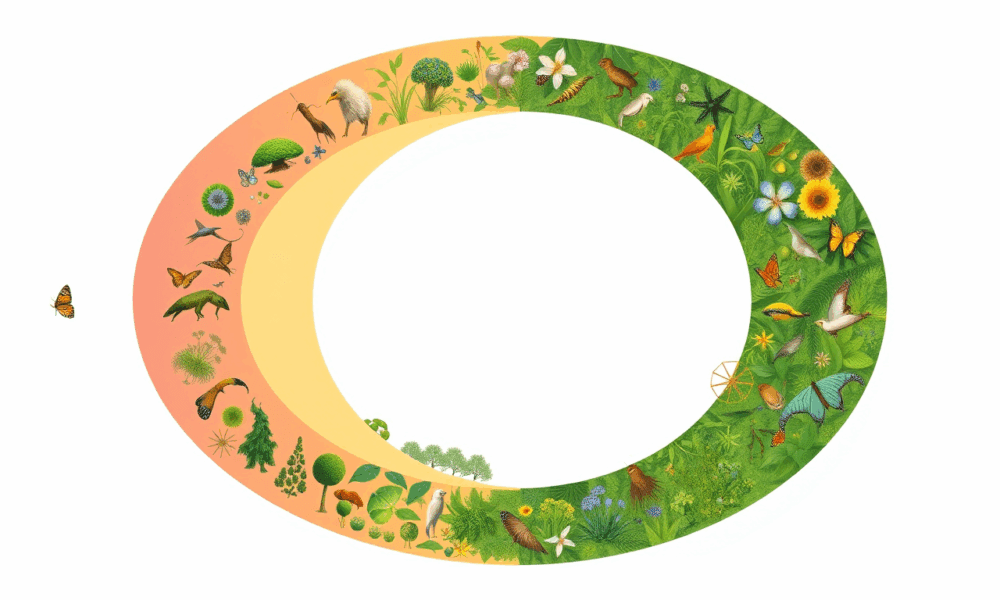
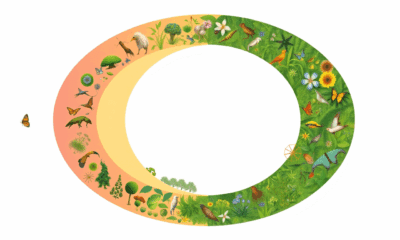

The number of species does not increase evenly when going from local ecosystems to continental scales -- a phenomenon ecologists have recognized for decades. Now, an...
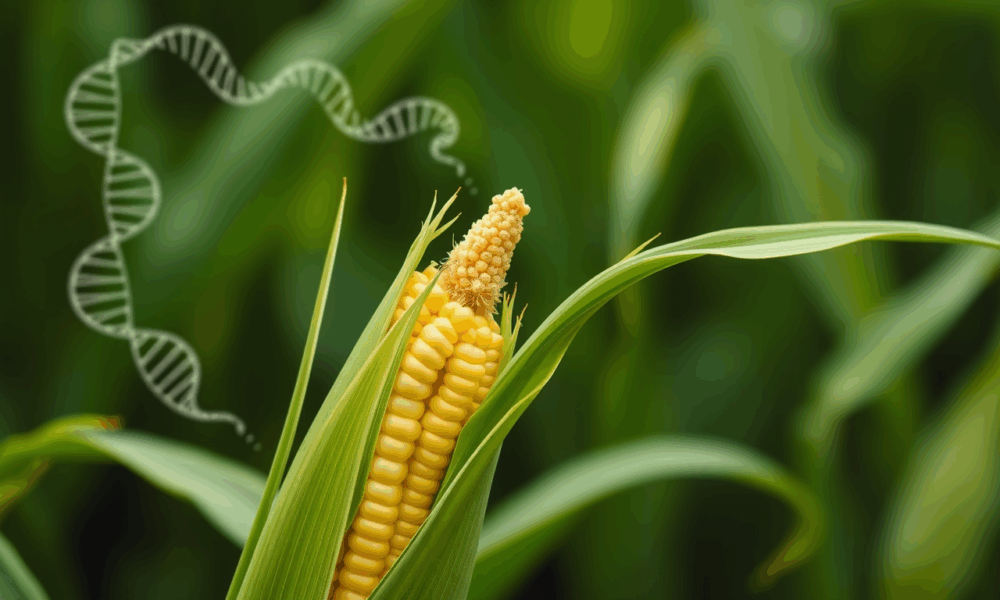
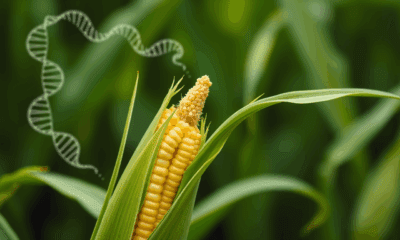

By analyzing DNA from different cells in nearly 200 lines of maize plants, research has revealed insights that could help growers better adapt their crops to...
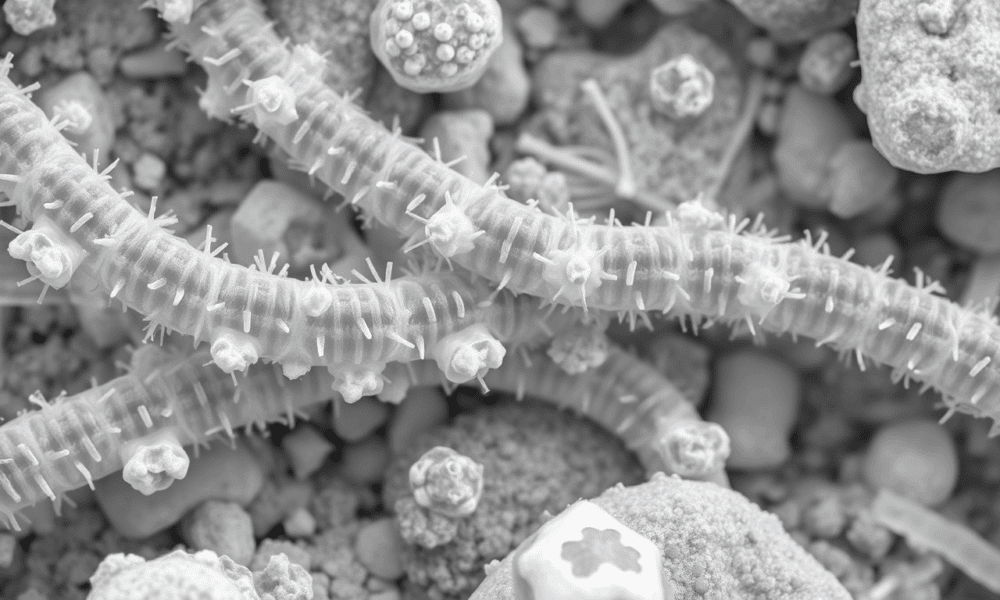
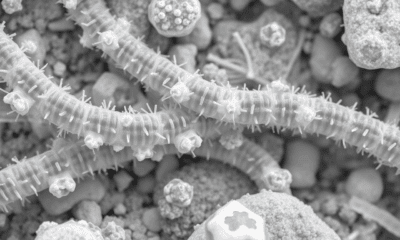

Scientists have identified a novel species of bacteria that acts as electrical wiring, potentially ushering in a new era of bioelectronic devices for use in medicine,...
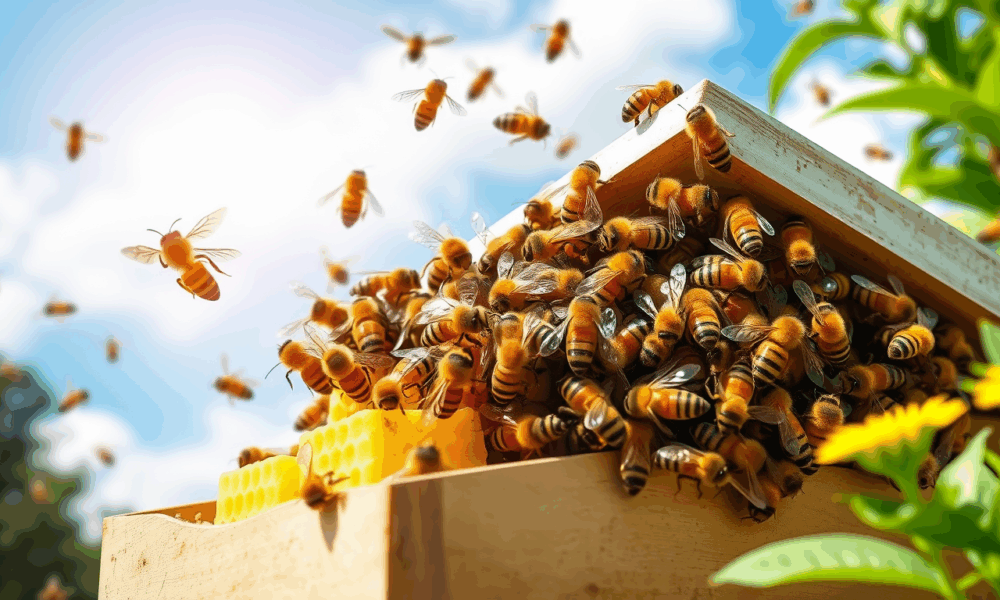
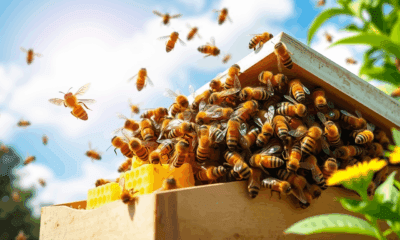

Scientists have unveiled a new food source designed to sustain honey bee colonies indefinitely without natural pollen. The research details successful trials where nutritionally stressed colonies,...

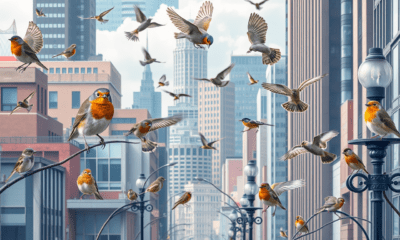

Bird species that do well in urban areas are more colorful and less brown.
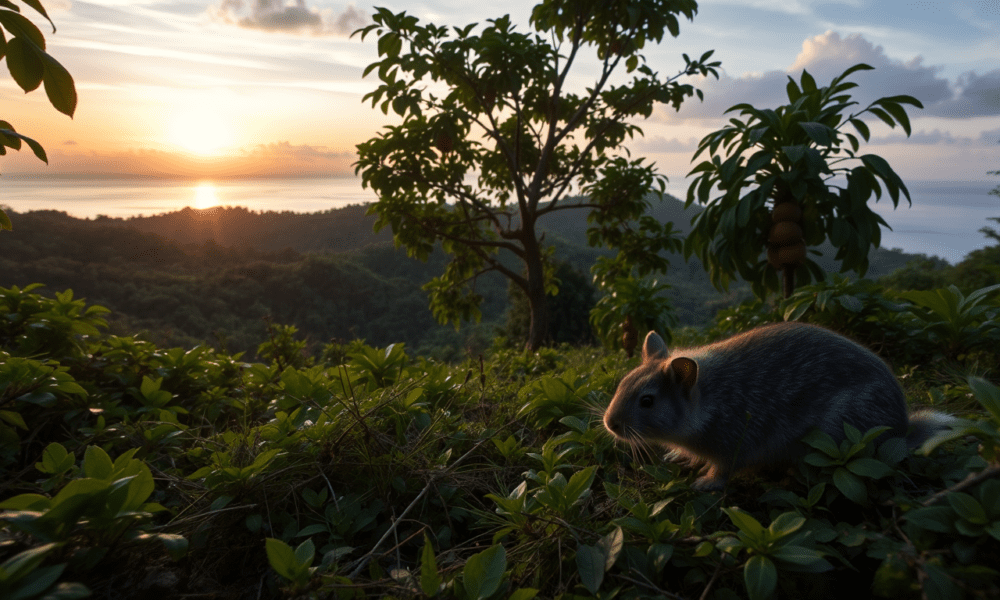
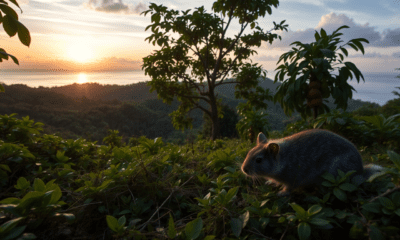

Japan's Ryukyu Islands, which includes Okinawa, are the exclusive home to two rare mammals, the Amami rabbit and Ryukyu long-furred rat. These animals are hard to...

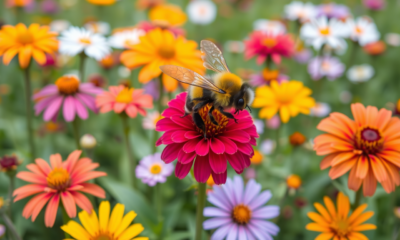

Since Darwin's time, the phenomenon known as flower constancy -- i.e., where insects consistently visit the same flower type even when many others are also present...
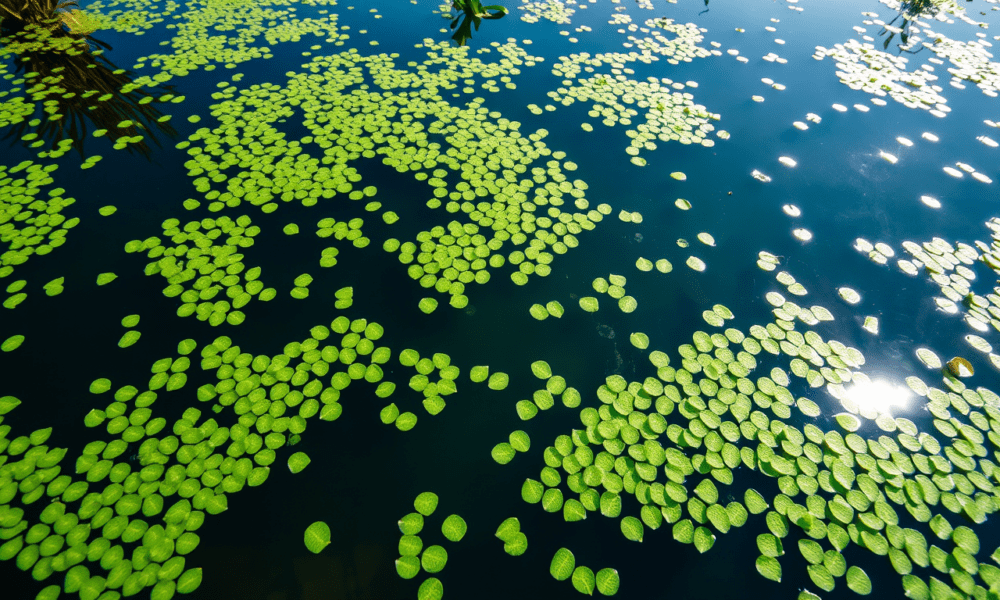
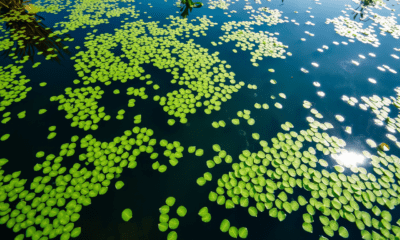

Scientists have released new and more accurate genome sequences for five species of duckweed. Their research reveals the specific genes responsible for some of the plant's...



Why do some plants thrive in specific regions but not in others? A study explores the factors shaping plant distributions and how these patterns have changed...